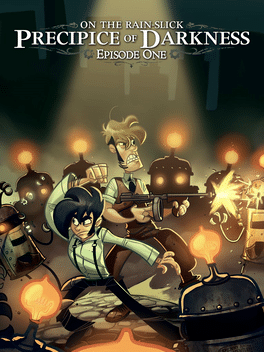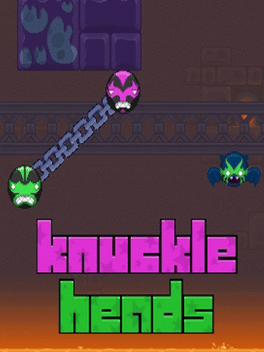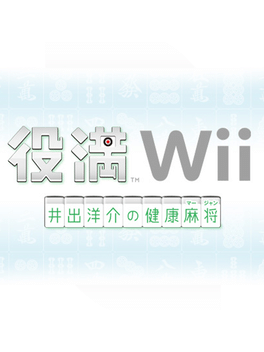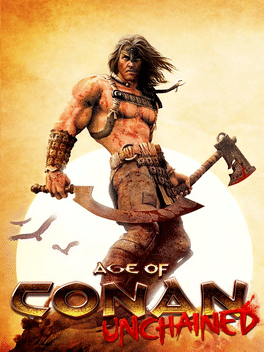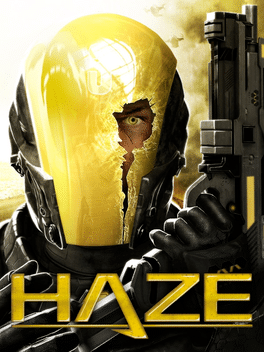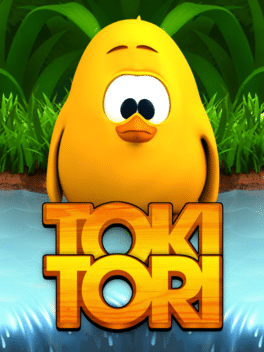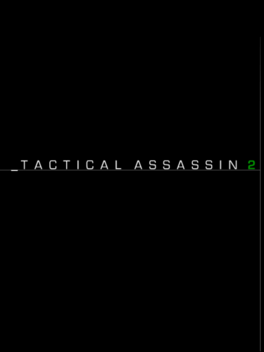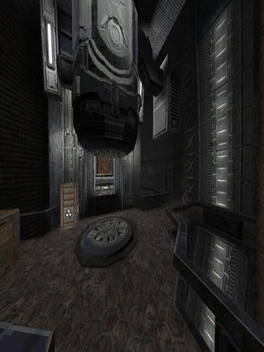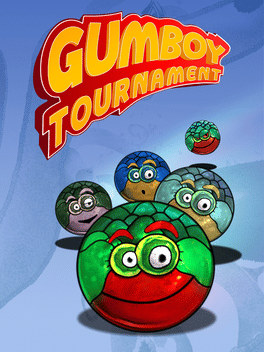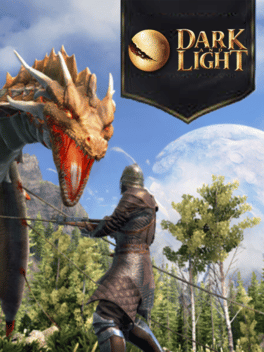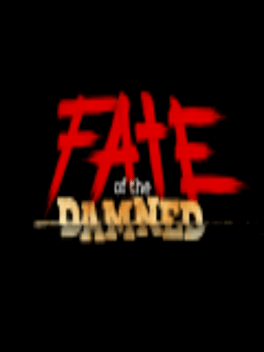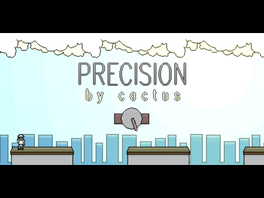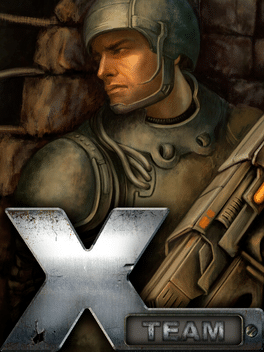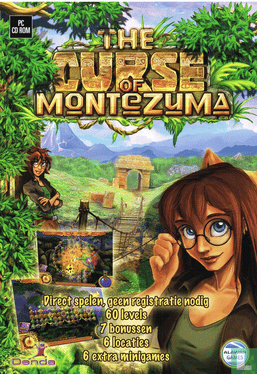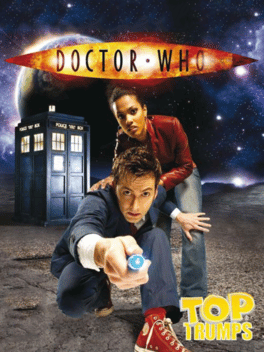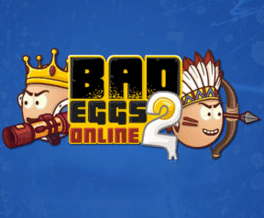New Games - Page 9979
-
Penny Arcade Adventures: On the Rain-Slick Precipice of Darkness - Episode One
2008
star 7.2On the Rain-Slick Precipice of Darkness, Episode One is the first installment in the RPG-Adventure game series based on the web comic Penny Arcade. Create your character in the classic comic style, and join Gabe and Tycho in the alternate 1920s universe of New Arcadia, where you'll combat savage enemies, solve mysteries, meet bizarre new characters, and discover their unique sense of humor for a 100% authentic Penny Arcade experience! - Create-a-Player System lets you design and develop your own character, seeing it come to life in 3D and in the comic-style 2D cut scenes - Dynamic turn-based combat system, over-the-top animations, and team-up moves during enemy battles - Classic adventure game play combines with RPG elements to unravel the game's mysteries and puzzles - Authentic Penny Arcade story and dialogue written exclusively by Jerry 'Tycho' Holkins - Includes Gabe, Tycho, Annarchy, the Fruit F*cker and many other favorite Penny Arcade characters, plus new characters designed by Mike 'Gabe' Krahulik -
Knuckleheads
2008
-
6 Differences
2008
6 Differences
2008
Spot the 6 differences between the two panels. Sequel to 5 differences. that one was about the day time, this one is about the night time. -
Yakuman Wii: Ide Yosuke no Kenkou Mahjong
2008
This is a mahjong game where you play against characters of various ways using the rules of "Health Mahjong", which unifies the rules that differ depending on the generation and region, and makes it easy for anyone to enjoy. You can play against a character operated by a computer by yourself, or you can play against players from all over the country or acquaintances far away using the Nintendo Wi-Fi connection. -
Zak McKracken: Between Time and Space
2008
Zak McKracken: Between Time and Space is a point-and-click adventure game, originally released in 2008. It is an unofficial fan sequel of the 1988 adventure game Zak McKracken and the Alien Mindbenders by LucasArts. It was developed without the involvement or approval of the latter. It contains numerous references to the original game, including easter eggs. -
Age of Conan: Unchained
2008
star 7.3Age of Conan: Unchained is an award-winning and critically acclaimed massively multiplayer online game set in the sexy, savage and brutal world of Conan the Barbarian. Tread in the footsteps of the greatest fantasy hero of all time, and explore the vast reaches of Hyboria. Choose between twelve different classes, from Barbarian to Demonologist, and fight your way to riches and glory as you battle creatures straight out of hell or even engage in colossal guild vs. guild warfare! -
Haze
2008
Haze
2008
star 6.2Haze is a first-person shooter video game developed by Free Radical Design and published by Ubisoft for the PlayStation 3. It was released worldwide in May 2008. Releases for Xbox 360 and Microsoft Windows were canceled. The game takes place in a dystopian future, where the Mantel Corporation rule the world with a drug called Nova-Keto-Thyrazine - also called Nectar, a "nutritional supplement" that enables soldiers to fight harder and smarter, but also induces a hallucinogenic effect, where soldiers are no longer cognizant of the real battlefield around them, instead viewing an idyllic, painless environment. The game takes place over a three-day period as Mantel battles a group of rebels known as "The Promise Hand" which is led by Gabriel "Skin Coat" Merino, with the player assuming the role of Shane Carpenter, a 25-year-old Mantel soldier. After Carpenter witnesses the effect Nectar is having on his fellow soldiers, and after a twist in the storyline Shane then turns rogue and teams up with The Promise Hand to t -
Toki Tori
2008
Toki Tori
2008
star 7.5In Toki Tori, the player controls a little yellow chicken determined to save all the lost eggs. Armed with an arsenal of 10 different tools and weapons, Toki Tori must overcome dangerous obstacles, trap monsters and save all of the lost eggs. The game contains four mysterious worlds, offering over 60 levels of exciting platform and puzzle action. While Toki Tori looks like a platform game, it's a puzzle game by heart. Players will have to look and plan ahead carefully if they want to succeed. -
Tactical Assassin 2
2008
Tactical Assassin 2
2008
Be an assassin in this stick shooter with a total of 9 missions and a variety of weapons / attachments. -
Ruined Nation
2008
Ruined Nation
2008
Medium-sized base map using Doom 3 textures. It comes with a number of custom ambient sounds and features hard combat. -
Gumboy Tournament
2008
Gumboy Tournament
2008
star 4.5Test your reflexes, judgment and tactics while facing up to eight other players in this follow-up to the critically acclaimed and popular arcade game Gumboy: Crazy Adventures. -
Dark and Light
2008
Dark and Light
2008
Dark and Light was a pay to play fantasy MMORPG developed in Reunion Island by NPCube and published by Farlan Entertainment. It was released on June 6, 2006, to largely negative reviews. Though there was never an official announcement regarding discontinuation of service, the servers have been offline since 2008, ostensibly due to a lawsuit by VWORLD, LLC. Snail Games acquired the rights to Dark and Light in 2008 and developed a "fantasy survival sandbox RPG", which was released as early access in 2017 with the same name. -
Fate of the Damned
2008
Fate of the Damned
2008
Fate of the Damned is a meticulously crafted custom campaign for BLOOD which aims to speculate and explore another shadowed path that Caleb might've undertaken. While taking care to never stray far from the gameplay formula that made BLOOD so gripping, the campaign will see Caleb journey through new environments that he has not seen before. Gruesome new discoveries await as he tears through hordes of the undead and nothing is left unscathed in his quest for vengeance. -
Precision
2008
Precision
2008
Precision is a freeware side scroller about precision jumping. The player has to jump from rooftop to rooftop (collecting all the beer bottles on the way) and reach the ladder, marking the end of the level. There are a total of 7 levels. -
X-Team
2008
X-Team
2008
X-TEAM is a role-playing strategy with a non-linear narrative. You must form your squad and fight aliens around the world. Use dozens of weapons, paranormal abilities of heroes and your charisma to destroy the enemy! -
The Curse of Montezuma
2008
What happens when you combine beauty, brains and a taste for adventure? You get Cathie Jones, world famous archeologist and granddaughter of Emily Jones from The Treasures of Montezuma. In The Curse of Montezuma, Cathie picks up where her grandmother left off and embarks on an amazing match-three journey to find the legendary Fountain of Youth and stop the spread of a deadly virus. With millions of lives hanging in the balance, it's up to you to match thousands of glittering gems along web-like latticework and unleash astonishing powers that can help Cathie reach her goal. -
Doctor Who Top Trumps
2008
A video game based around the Top Trumps card game and the Doctor Who franchise. In addition to regular Top Trumps matches, the game also features a number of mini-games. -
Dragon Tavern
2008
Dragon Tavern
2008
Dragon Tavern is a simple browser based RPG by Rowdy Baron Games in which you explore the world one action point at a time, and gather gear and skill points. -
Bad Eggs Online 2
2008
Bad Eggs Online 2
2008
Bad Eggs Online 2 is a multiplayer game where you are put to the test against your opponent. This is a strategy game therefore you will have to carefully think through your tactics to beat your opponent. There are many different crazy weapons you can use, some more powerful than others. The most powerful weapons are in little quantities, so you’ll have to plan your use of them perfectly. Your aim is very important in this game, as it can make the difference between a win and a loss. You are playing against REAL people and are able to use the in-game chat to communicate. Enjoy bad eggs online 2 unblocked.

